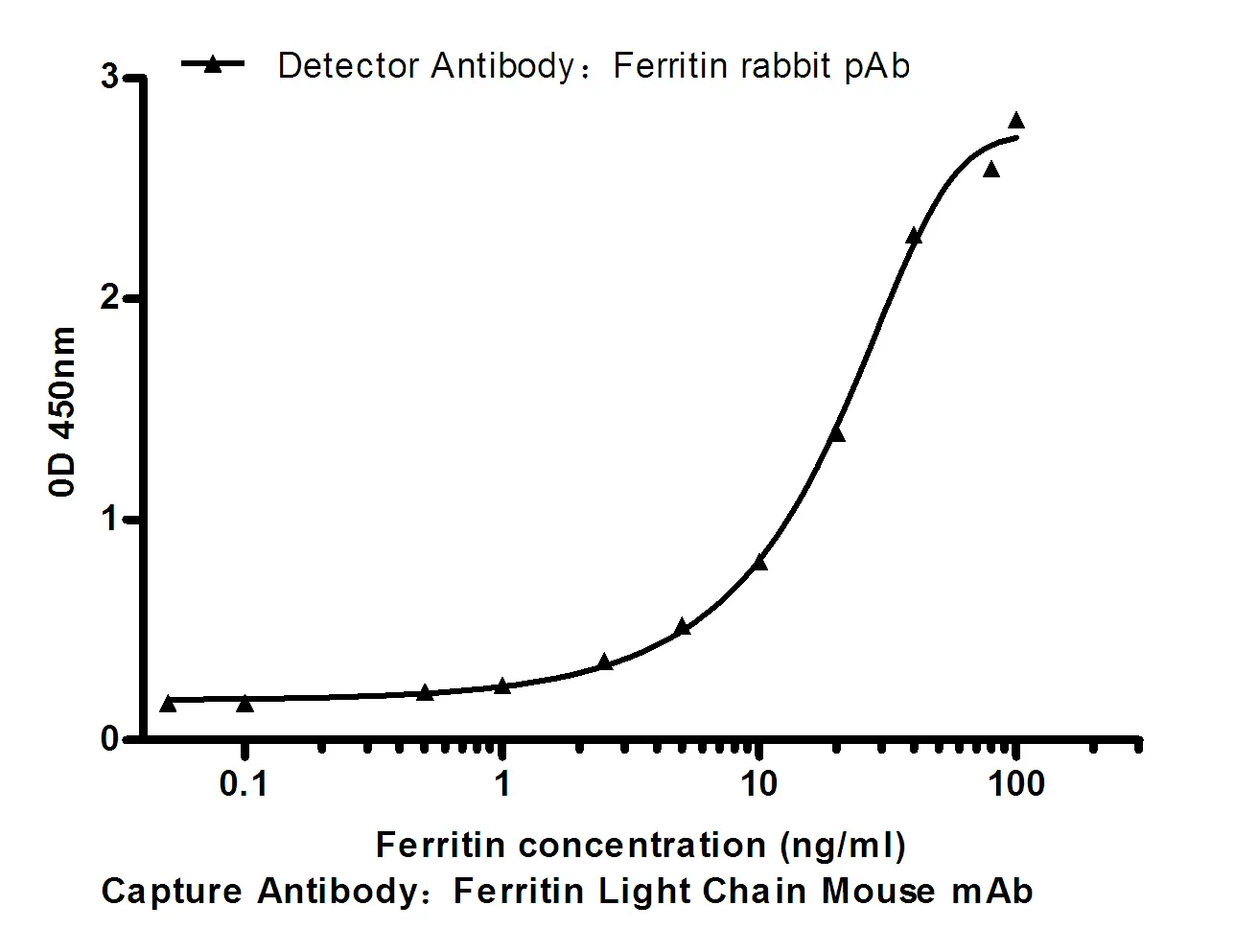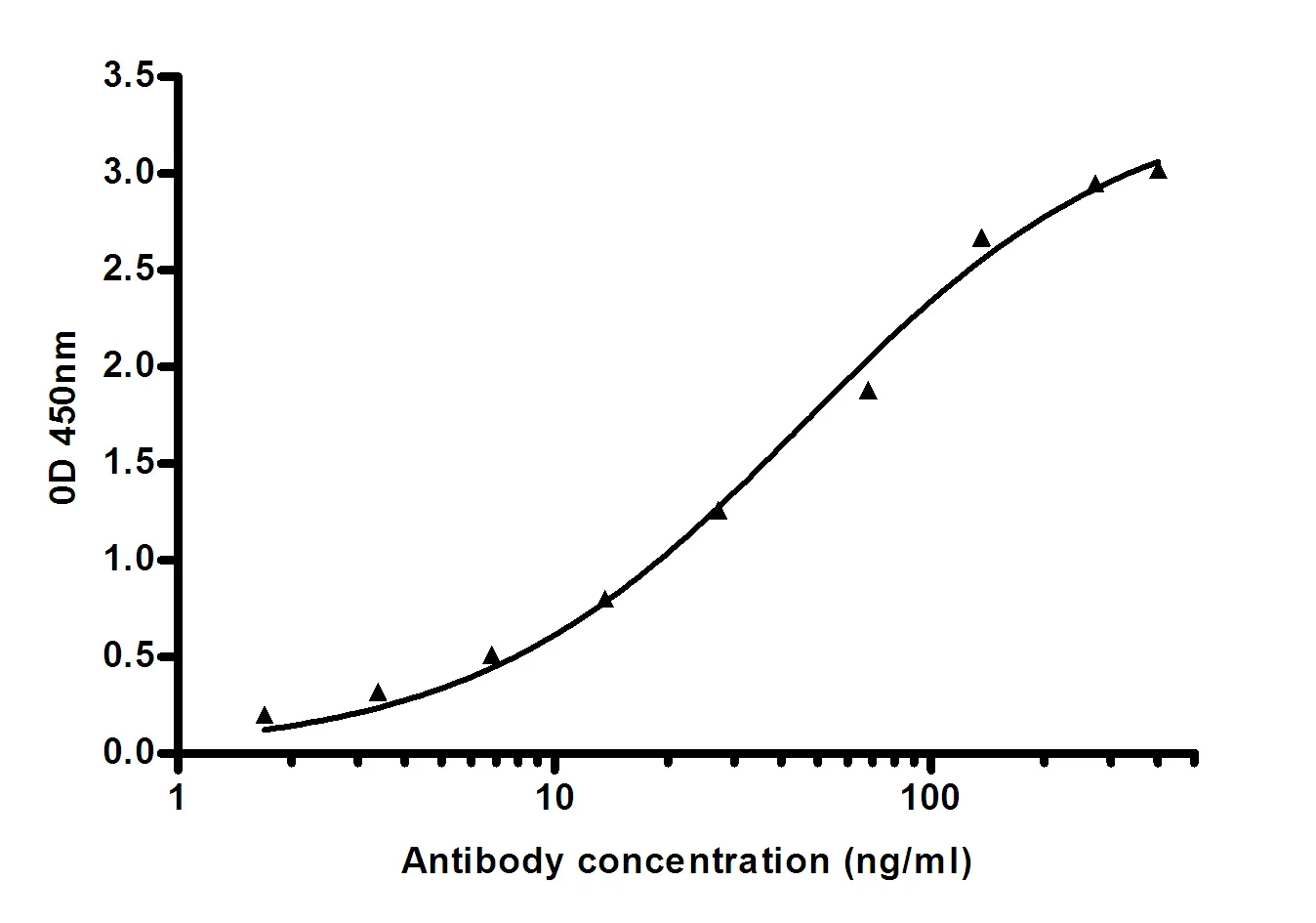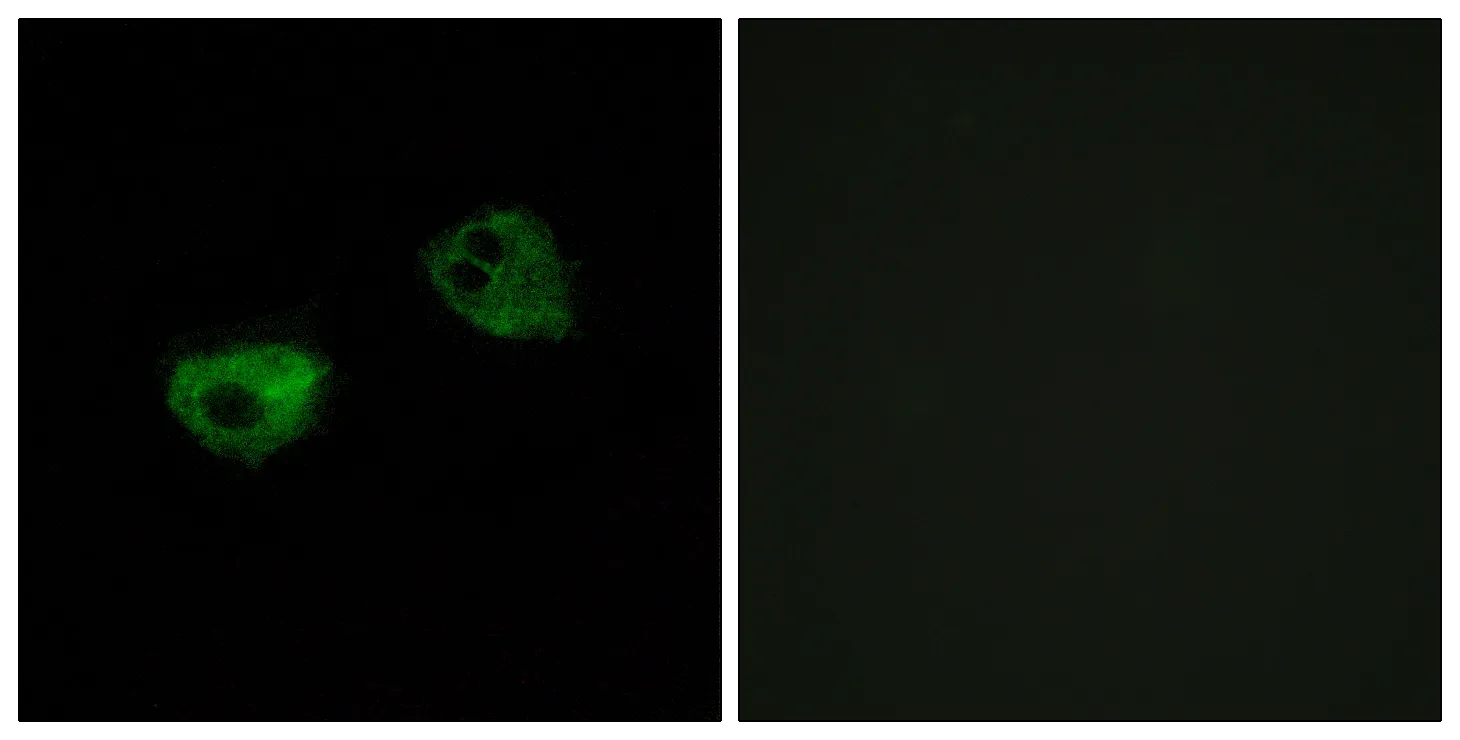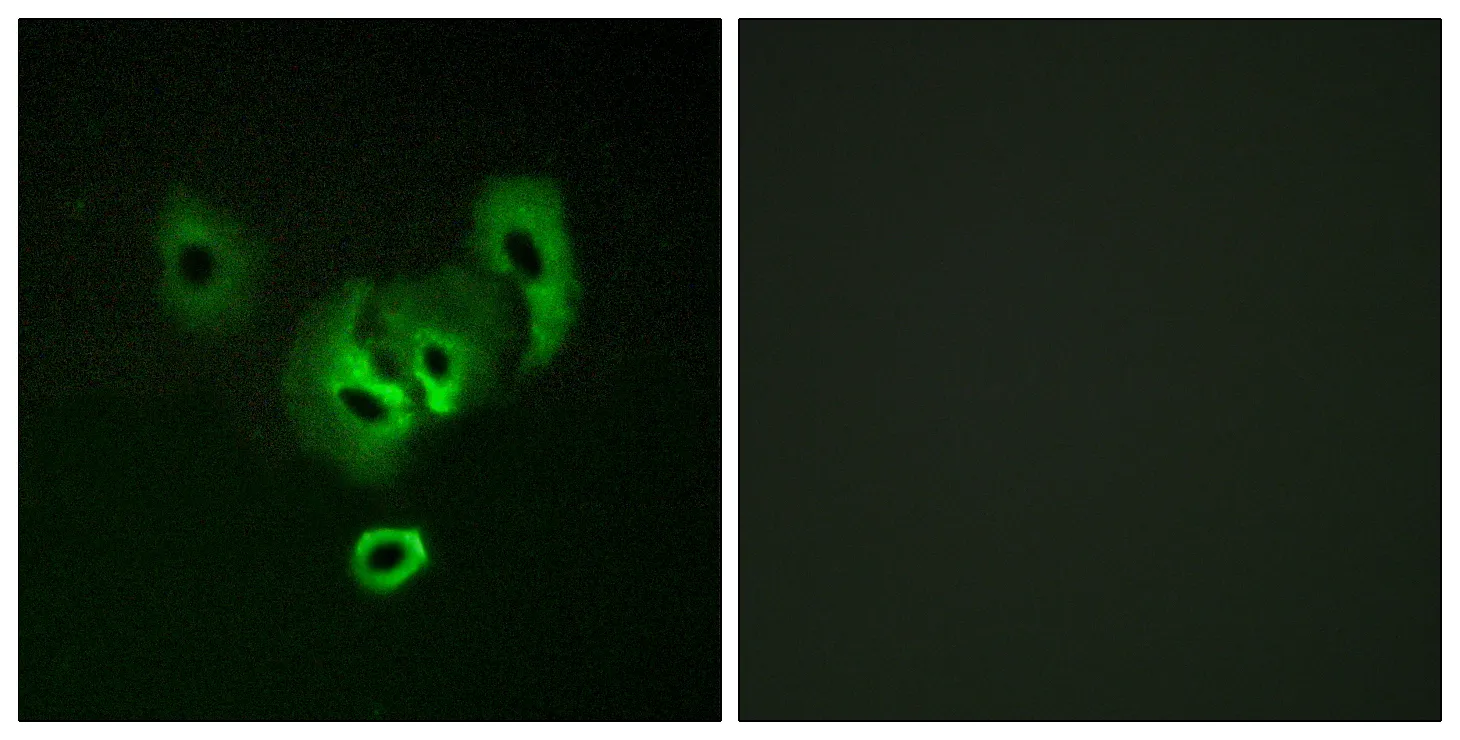Summary
Performance
Immunogen
Application
Background
function:Plays a role in the p160 coactivator signaling pathway that mediates transcriptional activation by nuclear receptors (By similarity). Plays a role in transcriptional activation of Wnt-responsive genes.,similarity:Belongs to the cation diffusion facilitator (CDF) transporter (TC 2.A.4) family. SLC30A subfamily.,subunit:Interacts with GRIP1, ESR1 and AR.,tissue specificity:Ubiquitously expressed in fetal and adult tissues and cancer cell lines.,function:Plays a role in the p160 coactivator signaling pathway that mediates transcriptional activation by nuclear receptors (By similarity). Plays a role in transcriptional activation of Wnt-responsive genes.,similarity:Belongs to the cation diffusion facilitator (CDF) transporter (TC 2.A.4) family. SLC30A subfamily.,subunit:Interacts with GRIP1, ESR1 and AR.,tissue specificity:Ubiquitously expressed in fetal and adult tissues and cancer cell lines.,
Research Area






